
Guest Blog from Flora Arbuthnott – Natural Dyeing with Native Trees
Flora Arbuthnott, who runs Plants and Colour and is daughter of Vanessa, explains the amazing natural dyes all which can be found right outside our front doors and why now is the perfect time to find them.
Dye your clothes with an autumn palette of colours extracted from woodland trees and hedgerow plants, and blend in to the woods. As the nights lengthen, the temperature drops, and the energy of trees and plants goes down into the roots and outward into the seeds. This is the time for gathering the bounty of fruits, nuts, roots, and barks for natural dyeing, as well as food and medicines.
Wild edges of hedges and woodlands are abundant with native berries. Drinking a stock of blackberries, elderberries, rowan, guelder rose, and hawthorn berries fortify our immune systems ready for the harsh winter months. Notice how they stain your skin. These berries dye fabric pink, purple, orange, and grey. Growing in amongst the hedge is lady’s bedstraw, a straggly plant that produces a red dye from the roots. Dig up one year old dock roots and dandelion roots for golden yellow colours, and a few burdock roots to roast for your dinner.
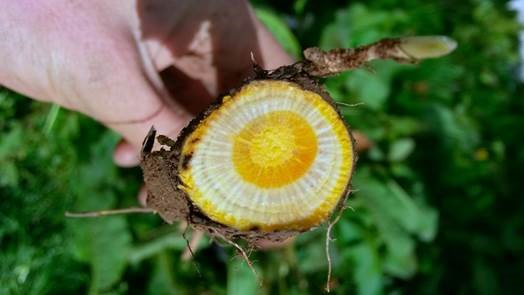 Along the riverbank, find meadowsweet roots for a black dye, this could be confused with a young bramble if not for it’s distinctive red stem, alternate tiny leaves and large leaves, and the distinctive smell of antiseptic. Along the river, the Alder tree grows. When the tree is cut, the wood turns from white to red as if bleeding, this red dye can be extracted from the bark.
Along the riverbank, find meadowsweet roots for a black dye, this could be confused with a young bramble if not for it’s distinctive red stem, alternate tiny leaves and large leaves, and the distinctive smell of antiseptic. Along the river, the Alder tree grows. When the tree is cut, the wood turns from white to red as if bleeding, this red dye can be extracted from the bark.
In the woods, look for trees rich with tannin. The mighty oak offers a golden brown dye obtained from the tannin filled galls and small pieces of bark. This can be transformed to a black ink with the addition of iron oxide. All parts of the walnut tree are used for dyeng. The outer green cases of the nuts produce deep browns and black. Apple and cherry barks offer soft pinks and oranges. Birch bark gives tan, brown and sometimes pink.
Curiously, many natural dye plants have healing properties for the skin. Meadowsweet and oak can be used as antiseptic. Alder leaves are put in the shoes of those walking great distances to ease their weary feet. Apple is a powerful cleanser of wounds as the juice restores skin tissue. Lay the internal side of Birch bark against the skin to relieve muscle pain. Dried Ladys bedstraw is stuffed in mattresses to repel insects, and the roots are used to dye sheets to prevent bedsores. By dyeing our clothes with these trees and plants, we are healing and protecting our skin with a rich aray of autumn colours that help us to blend into the season.
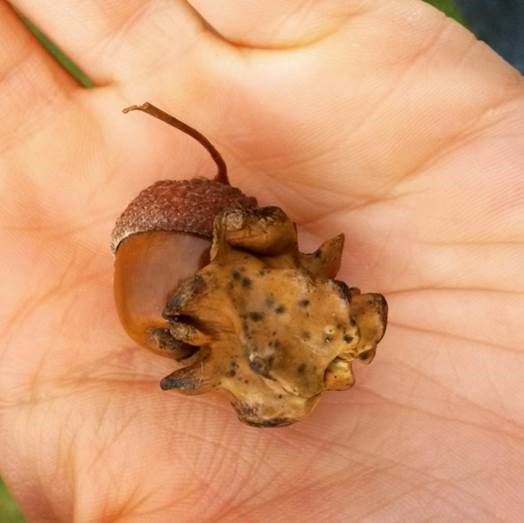
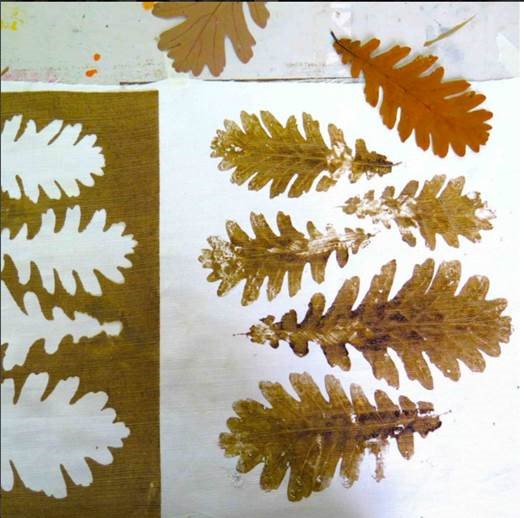
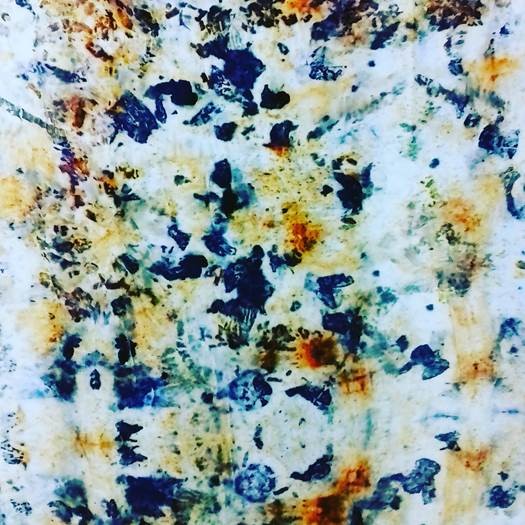
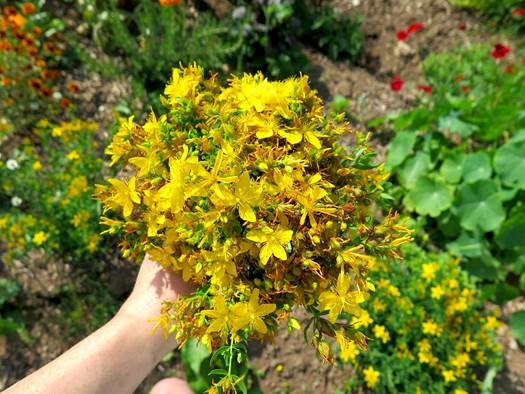
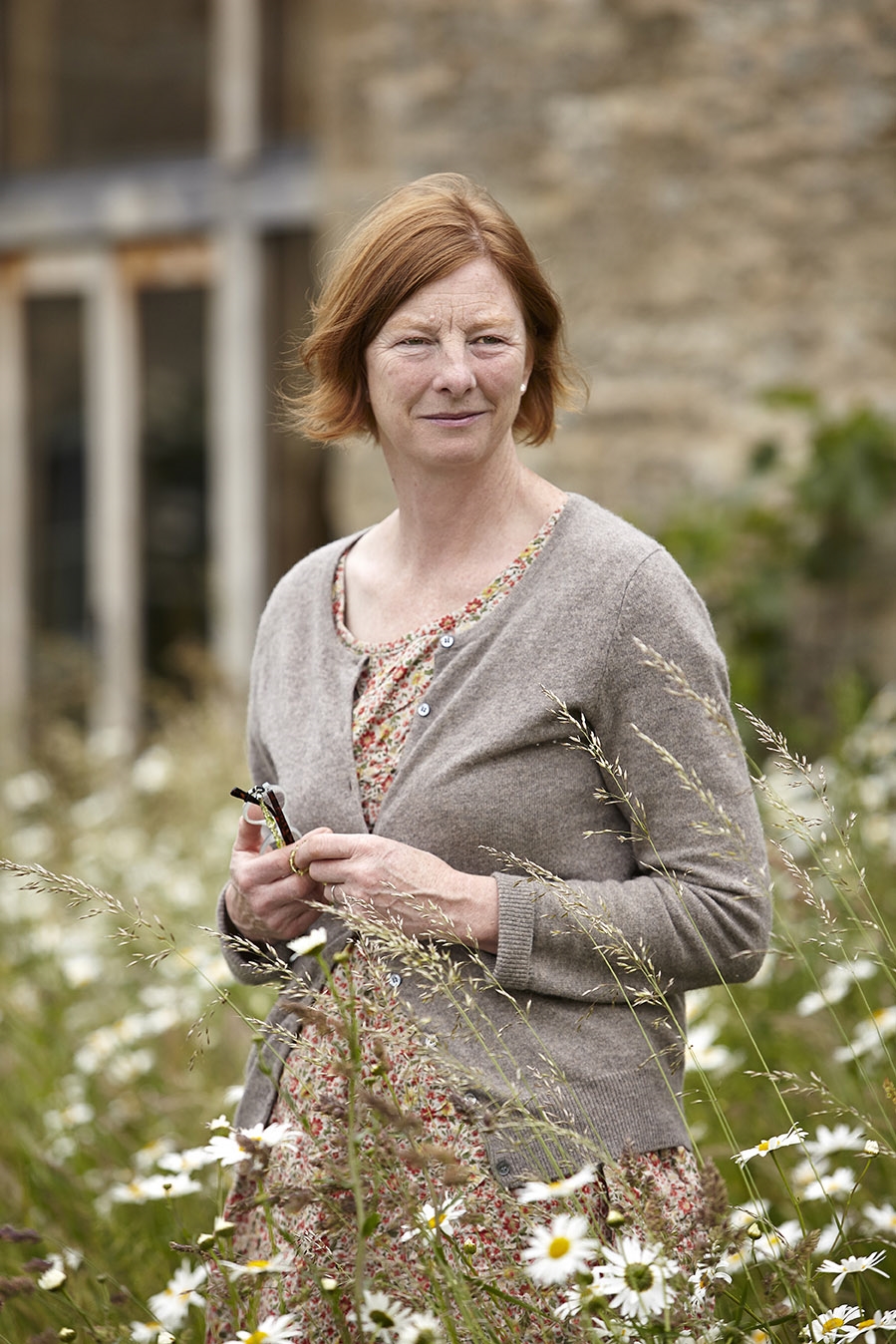
Founder and owner of Vanessa Arbuthnott Fabrics. Vanessa creates content around fabric types, blind styles and curtain designs to best suit the needs of Vanessa Arbuthnott customers.
